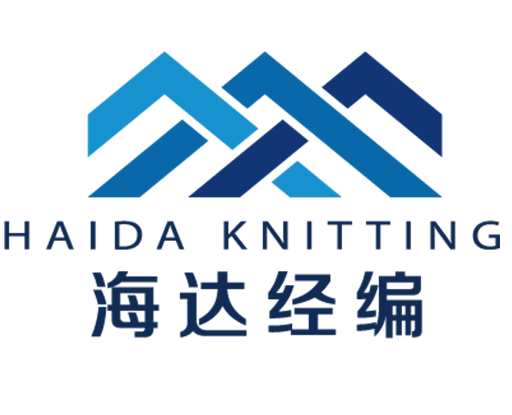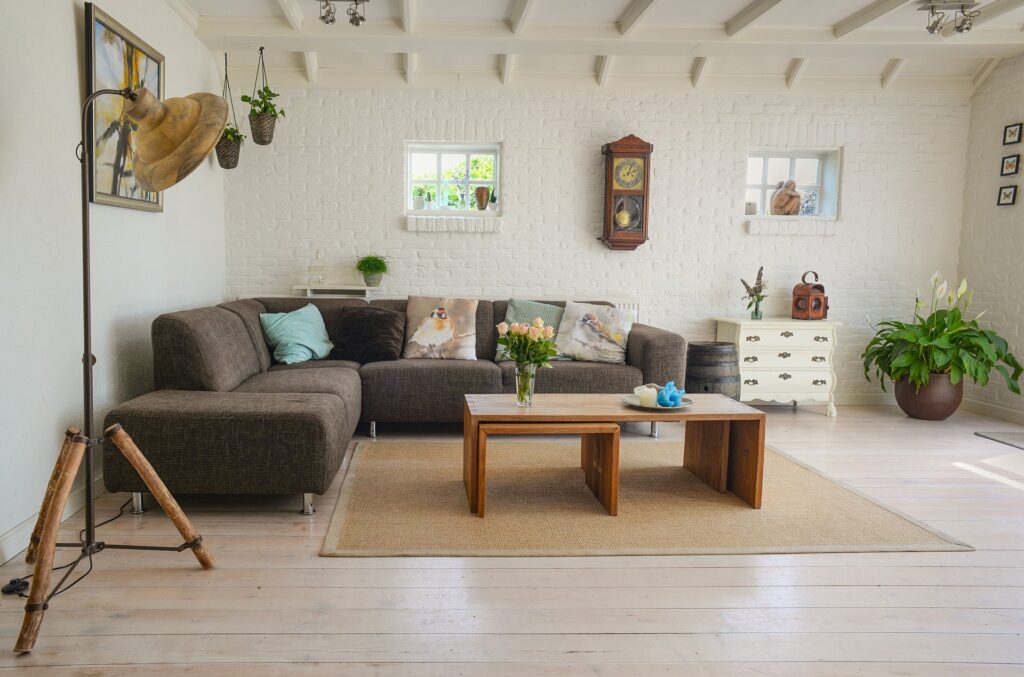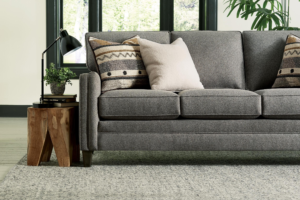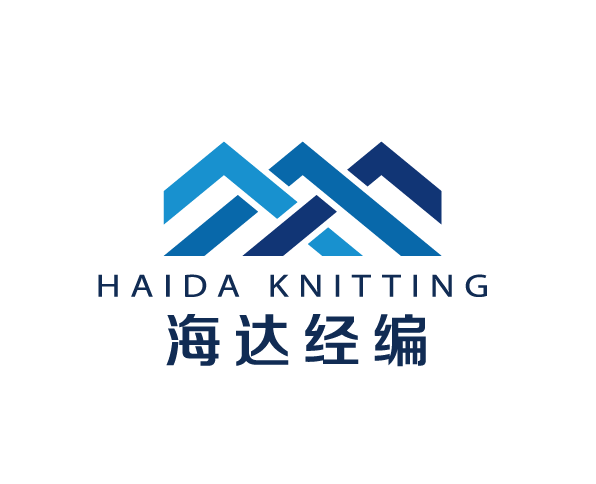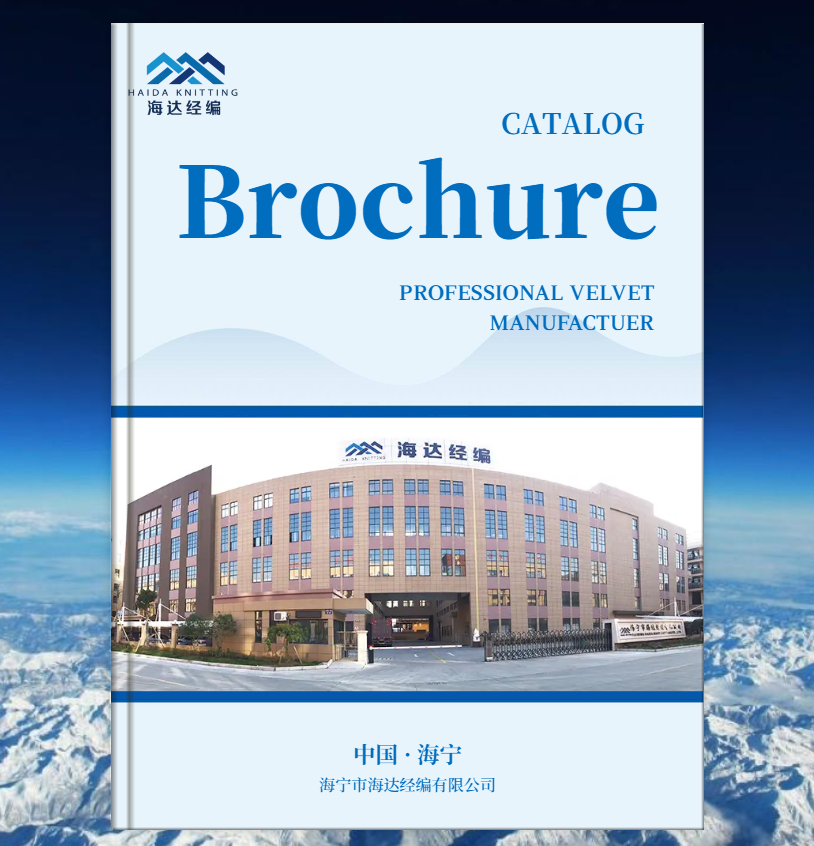Choosing the best affordable fabric for your sofa is about finding a balance between durability, comfort, aesthetic appeal, and maintenance requirements. While luxury fabrics like velvet or leather can be expensive, there are many cost-effective fabrics that can still provide great performance, comfort, and style. Below are some of the best affordable fabric options for sofa upholstery, along with their pros and cons to help you make an informed choice.
1. Microfiber
Microfiber is one of the most popular and affordable upholstery fabrics for sofas. Made from polyester or nylon fibers, microfiber is designed to mimic the texture of suede or velvet, offering both a soft, velvety feel and high durability.
Key Benefits of Microfiber:
- Durability: Microfiber is highly resistant to stains, fading, and abrasion, making it an excellent choice for high-traffic areas or homes with children and pets.
- Stain Resistance: The tight weave of microfiber helps to repel liquids and dirt, making it relatively easy to clean with a damp cloth or mild detergent.
- Affordability: Microfiber is much cheaper than leather or natural fabrics like linen or velvet.
- Comfort: It offers a soft feel that is comfortable for lounging, making it ideal for a living room sofa.
- Low Maintenance: It is easy to clean and maintain, requiring minimal effort to keep looking fresh and new.
Drawbacks of Microfiber:
- Pilling: Over time, microfiber can develop pills (small balls of fabric), especially if exposed to friction or rough usage.
- Heat Sensitivity: It may become overly warm or uncomfortable during hot weather as it does not breathe as well as natural fabrics like cotton.
2. Polyester Blends
Polyester is a synthetic fiber that is often blended with other materials like cotton, linen, or rayon to create upholstery fabrics that combine durability, comfort, and style. Polyester blends are available in a wide range of colors and textures, making them a versatile choice for affordable sofa upholstery.
Key Benefits of Polyester Blends:
- Durability: Polyester is highly resistant to wrinkling, stretching, and shrinking, making it a practical choice for everyday use.
- Stain Resistance: Many polyester blend fabrics are treated to resist stains and spills, which is ideal for homes with young children or pets.
- Affordable: Polyester blends are usually much more affordable than natural fibers like cotton or wool.
- Variety of Styles: You can find polyester blends in a wide range of textures, including tweed, linen-look, and flannel, allowing you to match the fabric with your home décor.
Drawbacks of Polyester Blends:
- Less Breathable: Polyester blends do not breathe as well as natural fibers, which may make them less comfortable in hot or humid climates.
- Not as Luxurious: While it can mimic the appearance of more expensive fabrics, polyester lacks the natural texture and richness of fabrics like wool or cotton.
3. Cotton Blend Fabric
Cotton is a natural, breathable fabric known for its comfort and soft texture. Cotton blend fabrics combine cotton with synthetic fibers like polyester to improve durability and ease of care, making them a cost-effective choice for upholstery.
Key Benefits of Cotton Blends:
- Comfortable and Breathable: Cotton is known for its soft feel and breathability, which makes it ideal for year-round comfort, especially in warmer climates.
- Affordable: Cotton blends tend to be more affordable than pure cotton or high-end fabrics like velvet or linen.
- Easy to Care For: When blended with synthetic fibers, cotton is often more resistant to wrinkling, shrinking, and fading, making it easier to maintain.
Drawbacks of Cotton Blends:
- Prone to Stains: Cotton can absorb liquids and stains more easily than synthetic fabrics, so it may require more frequent cleaning and treatment with stain protectors.
- Less Durability: While cotton is comfortable, it is not as durable as synthetic fibers like polyester, especially in high-traffic areas.
4. Tweed
Tweed is a classic, textured fabric that is typically made from wool or a wool-blend. It is a bit more expensive than purely synthetic options but still relatively affordable compared to high-end materials like velvet or leather.
Key Benefits of Tweed:
- Durability: Tweed is a tightly woven fabric that resists wear and tear, making it a durable choice for high-traffic areas.
- Timeless Style: With its traditional, textured look, tweed can add a sophisticated, classic touch to your sofa.
- Affordable: While wool tweed can be pricier, wool-blend tweeds (combining wool and synthetic fibers) are much more affordable while maintaining a similar aesthetic.
Drawbacks of Tweed:
- Prone to Stains: Wool is more absorbent than synthetic fibers, so it may require more effort to clean.
- Less Soft Than Microfiber: While tweed is durable and stylish, it may not be as comfortable or soft to the touch as fabrics like microfiber or velvet.
5. Faux Leather
Faux leather, or synthetic leather, is made from various materials such as polyurethane (PU) or polyvinyl chloride (PVC). It mimics the look of real leather but at a fraction of the cost.
Key Benefits of Faux Leather:
- Durability: Faux leather is tough and resistant to wear and tear, making it a good choice for family-friendly or high-traffic environments.
- Easy to Clean: Unlike fabric upholstery, faux leather can be easily wiped down with a damp cloth, making it low-maintenance.
- Stylish: Faux leather offers a sleek, modern look, ideal for contemporary furniture and spaces.
Drawbacks of Faux Leather:
- Less Breathable: Faux leather can be less breathable than fabric, which may make it uncomfortable to sit on for long periods, especially in hot climates.
- Prone to Cracking: Over time, faux leather can crack or peel, especially if not properly maintained.
6. Chenille
Chenille is a soft, velvety fabric with a raised texture that creates a plush feel. Often made from cotton or synthetic fibers, chenille offers the luxury of velvet without the high price tag.
Key Benefits of Chenille:
- Soft and Comfortable: Chenille is known for its luxurious softness and comfort, making it a great option for seating.
- Durability: When blended with synthetic fibers, chenille can be durable enough to withstand regular use without losing its plush texture.
- Affordable: Chenille is often more affordable than velvet or leather, making it a great option for budget-conscious buyers.
Drawbacks of Chenille:
- Prone to Crushing: The raised fibers of chenille can sometimes become crushed over time, especially in high-use areas.
- Requires Care: Chenille is best cleaned professionally, as it’s more susceptible to staining and wear compared to synthetic fabrics.
Conclusion
When choosing the best affordable fabric for your sofa, it’s important to consider your lifestyle, the amount of traffic the sofa will receive, and how much maintenance you’re willing to do. Microfiber and polyester blends are excellent choices for durability, easy maintenance, and cost-effectiveness. If you want a bit more luxury, chenille and tweed offer soft textures and timeless style at a reasonable price. For those looking for a sleek, modern look, faux leather provides a stylish and low-maintenance option.
Ultimately, the right fabric depends on your specific needs—whether you prioritize comfort, ease of care, or long-term durability.
